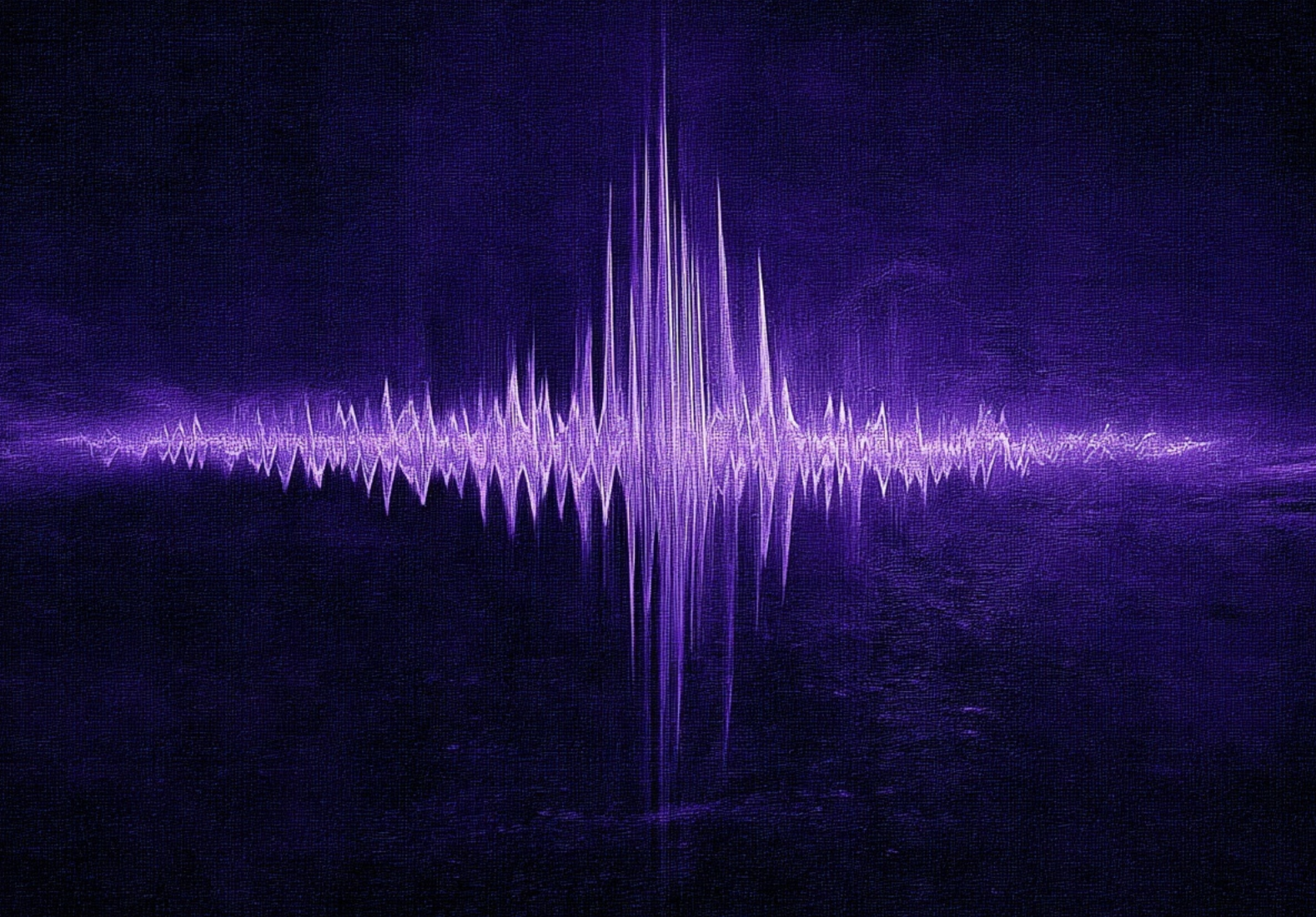- You can enhance dialogue, music, or sound effects by applying a Reverb effect in Adobe Premiere Pro to simulate room acoustics and add depth.
- Choose from built-in Reverb effects (Studio Reverb, Surround Reverb, etc.) or use the Essential Sound panel for quick reverb settings.
- Adjust key parameters like Wet/Dry mix, Decay Time, Room Size, and Pre-Delay to tailor the space.
- Use adjustment layers or Audio Track Mixer to apply reverb globally or selectively.
- Always monitor on good headphones, and preview in context of the final mix — too much reverb can muddy dialogue.
Why You Should Use Reverb in Premiere Pro
Reverb helps simulate real acoustic environments — from small rooms to large halls — giving audio a sense of space and realism. Without it, audio often sounds flat, lifeless, or “record-booth” dry. Premiere Pro supports this via both the Audio Track Mixer and the Essential Sound panel.
Here’s why it matters:
- For voice-overs: Adding light reverb helps the voice sit naturally in a scene rather than sounding detached.
- For music or Foley: Reverb helps embed sounds into the scene (footsteps in hallway, explosion in open field).
- For transitions: Adding reverb tails helps smooth out cuts or end bands/cues.
Step-by-Step: How to Add Reverb to Audio in Premiere Pro
1. Import Your Audio/Video
Bring your clip into Premiere Pro and place it on the timeline. Ensure the audio track is clear and properly balanced before you apply reverb.
2. Choose Your Workflow: Essential Sound Panel vs Audio Track Mixer
- Essential Sound Panel method (quick & beginner-friendly):
- Select the audio clip → Window → Essential Sound.
- Assign type (Dialogue, Music, SFX).
- Toggle Reverb and pick a preset (Small Room, Concert Hall, Cathedral).
- Adjust Amount slider to control intensity.
- Audio Track Mixer method (advanced & detailed):
- Window → Audio Track Mixer → choose the track with the audio.
- In the Effects Rack, choose: Reverb → Studio Reverb or Surround Reverb.
- Click Edit to open the effect settings and fine-tune parameters.
3. Fine-Tune Reverb Parameters
Adjust these key settings for best results:
- Wet / Dry Mix: Ratio of processed (wet) vs. original (dry) sound. A good starting point is ~20-30% wet for dialogue.
- Decay Time / Reverb Time: How long the reverb tail lasts — shorter for small spaces, longer for halls.
- Room Size / Hall Size: Simulates size of acoustic space.
- Pre-Delay: Delay before reverb starts — helps keep clarity while preserving space.
- Damping / Diffusion: Controls how high frequencies are treated in tails — useful to avoid harsh echoes.
Experiment while playing back in context (video + other audio) so the reverb feels natural.
4. Use Adjustment Layers or Audio Send for Global Control
For consistency across multiple clips:
- Create an Adjustment Layer (File → New → Adjustment Layer) and place it on an audio track above your clips. Apply the reverb effect there.
- Or use Audio Track Mixer → Send/Return routing: send a portion of several tracks to a reverb bus (return track), so you can manage one shared reverb instance. This saves resources and keeps a coherent ambient space.
5. Use Masking or Key-frames for Selective Reverb
If you want reverb only on certain parts (e.g., a voice in a large hall, then no reverb for close-up), you can:
- Apply effect only to that clip.
- Use key-frames on Wet/Dry mix or send level to fade reverb in/out.
- Use clip-level automation: in Effect Controls → Visualize the parameter and set key-frames.
6. Monitor and Export
- Use good studio headphones or monitors because reverb tails and reflections show up better there.
- Play the clip in context of final mix — too much reverb can make dialogue unreadable or cause “wash out”.
- Export and test on the target playback device (mobile, laptop, TV) to ensure it translates well.
Pro Tips for Professional-Grade Reverb Use
- Match the scene environment: If visuals show someone in a small room, use a small room reverb preset. If in a cathedral, use larger room size.
- Keep clarity in dialogue: Use a lower Wet mix and shorter Decay Time for voice-over to maintain intelligibility.
- Use subtle tails for music endings: At the end of a track, extend the reverb tail slightly and fade the dry signal — adds polish.
- Avoid stacking heavy effects: Reverb plus heavy EQ or multiband compression on the same clip can create muddiness.
- Apply reverb last in the signal chain: After EQ and compression so you’re reverb-ing the final tone, not adding unwanted coloration before processing.
- Use send-based routing for multiple sources: For example, dialogue and footsteps might share the same ambient reverb bus to maintain space consistency.
- Low-latency concern: If editing live music or syncing to visuals, real-time preview with heavy reverb might drop frames — bounce sections if necessary.
Common Mistakes to Avoid
- Applying “cathedral” preset to intimate dialogue — leads to unnatural ambience.
- Wet mix too high ➜ causes echo clutter, poor intelligibility.
- No pre-delay ➜ reverb starts immediately and makes audio feel distant or “in a box”.
- Using same reverb tail length for every clip ➜ loses spatial realism and becomes artificial.
- Applying reverb but forgetting to check final export on different speakers/devices.
Conclusion
Adding a well-crafted reverb effect in Premiere Pro elevates your audio from flat to immersive, simulating real spaces and professional sound design. Whether it’s voice-over, music, Foley or sound effects, use built-in tools like the Essential Sound panel or Audio Track Mixer, fine-tune Wet/Dry, Decay Time, Room Size and Pre-Delay, and always preview in full context.
Ready to master audio editing, reverb & effects workflows at a pro level? Join the Miracamp – Adobe Premiere Pro Course and work with real projects, one-on-one feedback, and career-focused coaching.
Frequently Asked Questions
How do I add reverb to audio in Premiere Pro?
Select your audio clip, go to Effects → search for Reverb → choose Studio Reverb or Surround Reverb, then drag it onto your clip. Open Effect Controls to adjust Wet/Dry mix, Decay Time, Room Size, and Pre-Delay for the desired space.
What is the best reverb effect to use in Premiere Pro?
For most dialogue and voice-over, Studio Reverb is the best option because it provides clean, controlled reflections. For larger ambient environments, Surround Reverb or Cathedral/Hall presets can add more space without distorting the original audio.
Why does my audio sound echoey after adding reverb in Premiere Pro?
Your Wet/Dry mix or Decay Time is likely too high. Reduce the Wet mix (10–30% for dialogue), shorten the Decay Time, or add a slight Pre-Delay so the original audio stays clear while the reverb sits behind it.
How do I remove or reduce reverb in Premiere Pro?
Open Effect Controls, adjust or disable the reverb effect, or remove it entirely. For clips recorded in a naturally echoey room, use DeReverb in the Essential Sound panel (Dialogue → Repair → DeReverb) to reduce unwanted room ambience.






